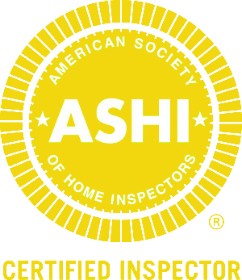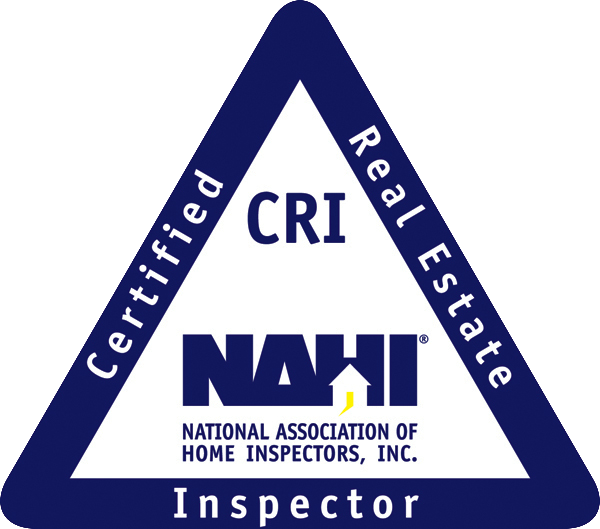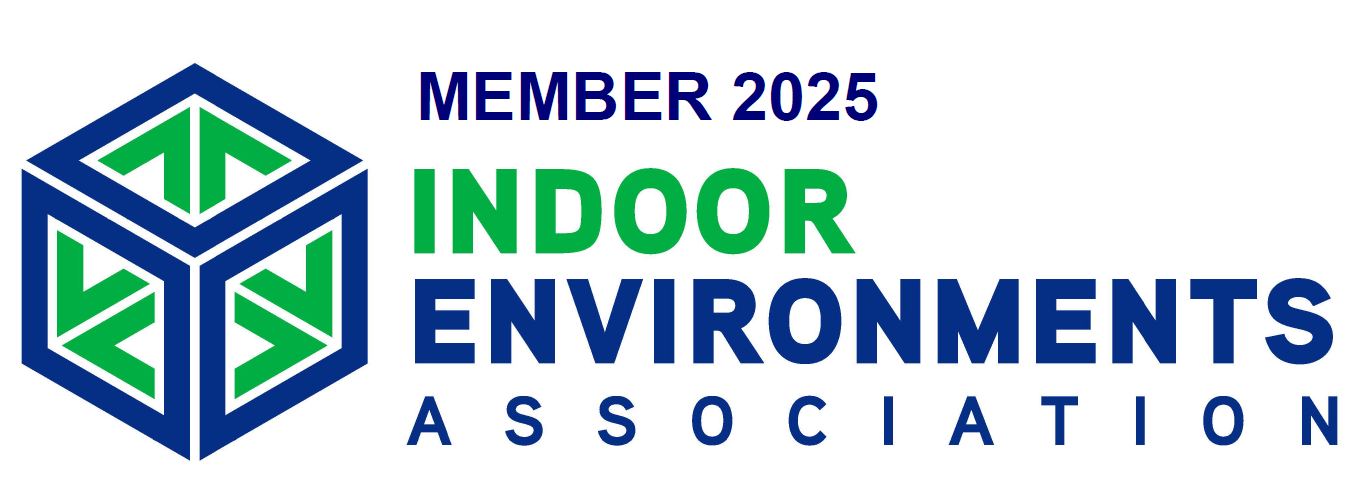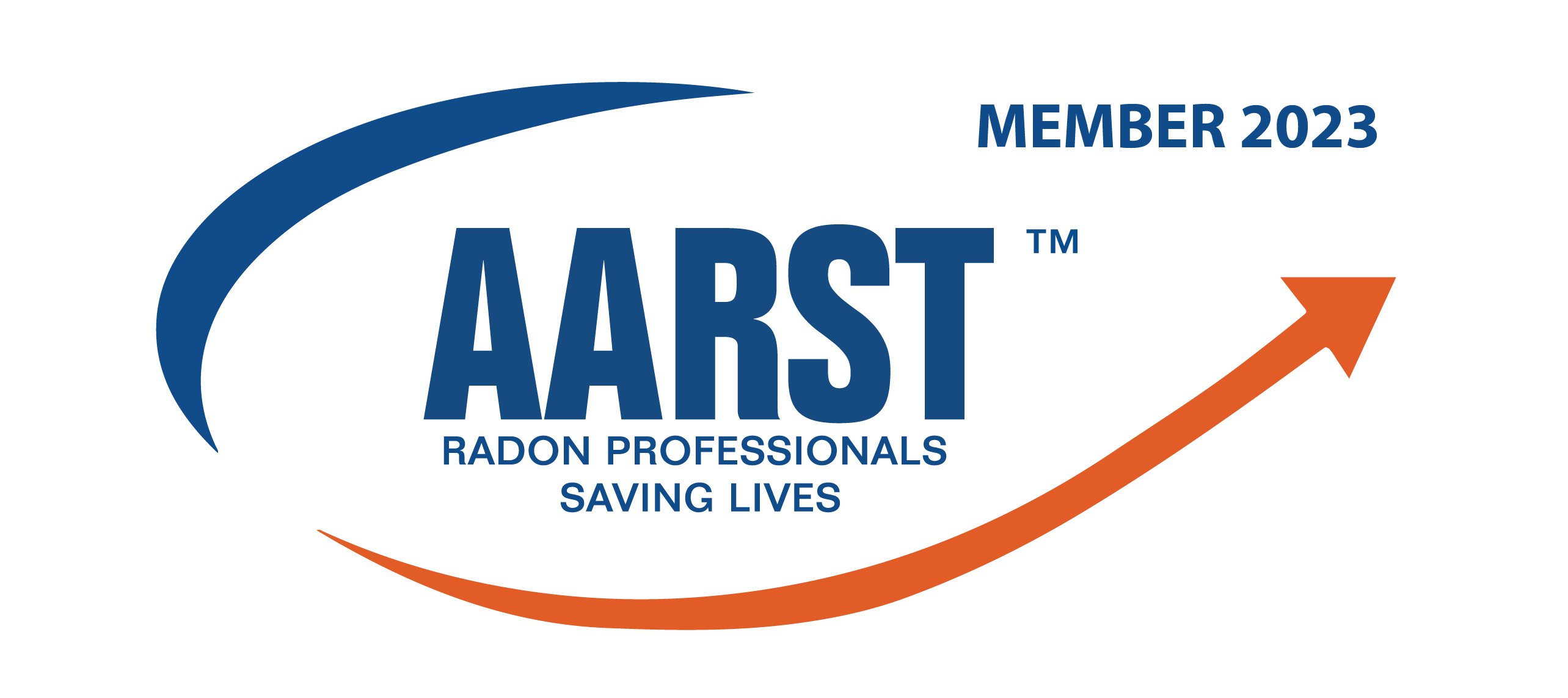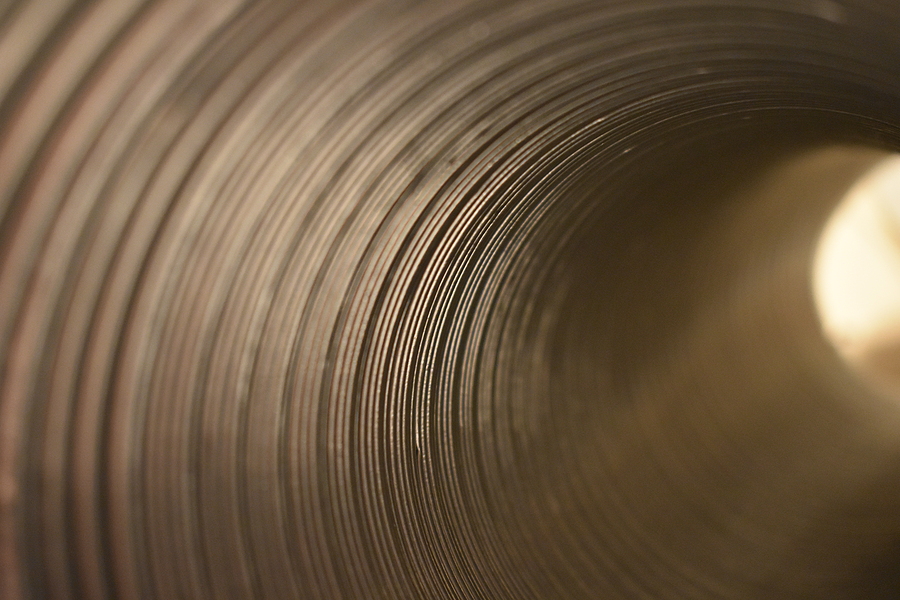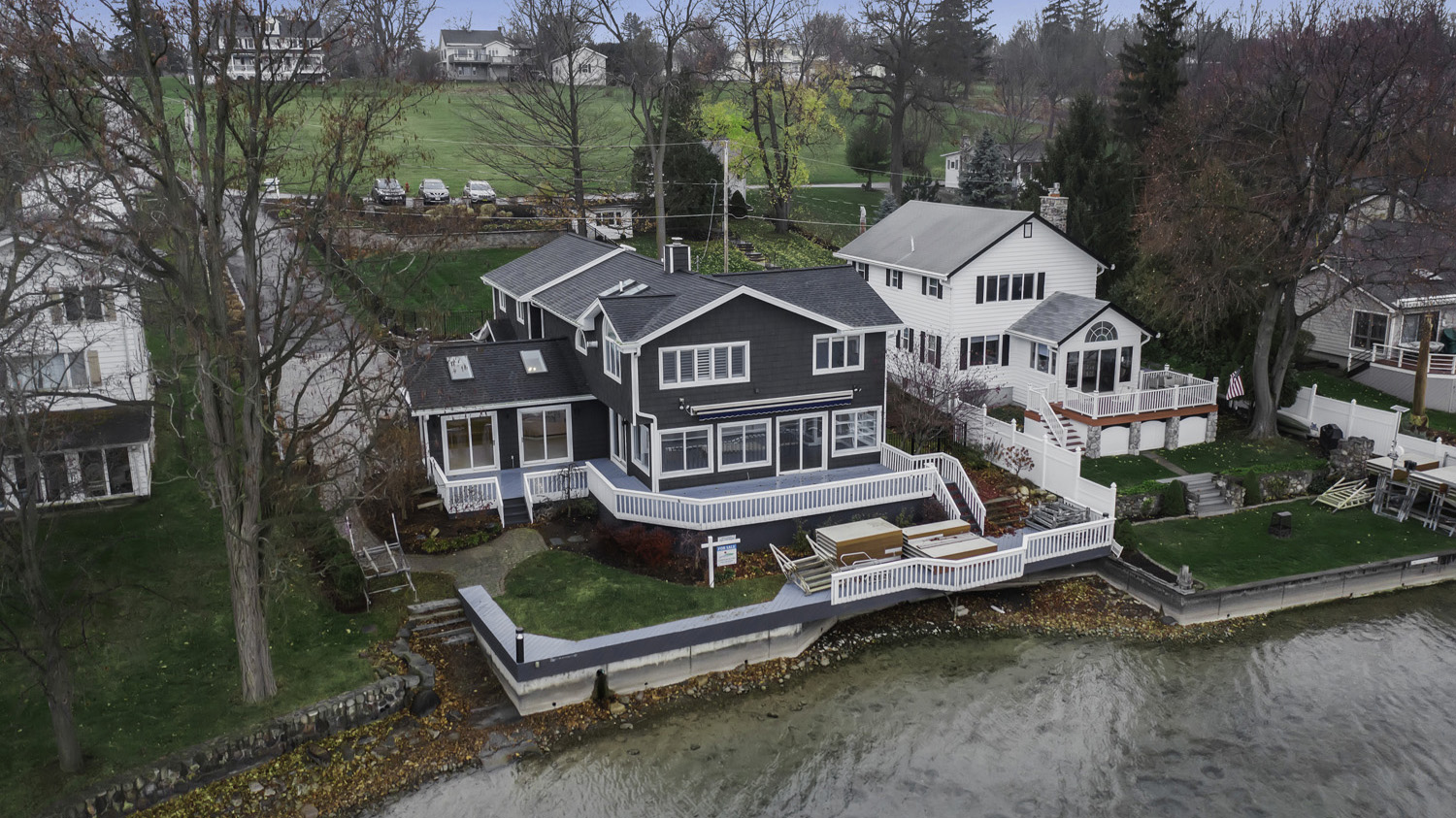Cleaning Your Dryer Ducts Can Reduce Fire Hazards
Cleaning Your Dryer Ducts Can Reduce Fire Hazards
The U.S. Consumer Product Safety Commission estimates that more than 13,000 fires start in laundry rooms in the United States each year, resulting in 10 deaths and $97 million in property damage annually.
Fires can occur when lint builds up in the dryer or in the exhaust duct. Lint can block the flow of air, causing excessive heat buildup, resulting in a fire in some dryers.
In addition to fires, if a gas clothes dryer is improperly vented or the exhaust duct itself is blocked by lint or debris, carbon monoxide can be forced back into your living space. This creates potentially hazardous conditions including carbon monoxide intrusion and the possibility for exhaust fires.
There are several easy steps you can take to prevent a potentially hazardous event in your home.
First and foremost, clean the lint screen before or after each load, and get rid of any lint inside, behind, and underneath the dryer.
Replace plastic or foil, accordion-type ducting material with rigid or corrugated semi-rigid metal duct. The flexible plastic or foil type duct can more easily trap lint and is more susceptible to kinks or crushing. Plastic transition ducts should be replaced with metal duct, because it is non-flammable.
Once or twice a year, inspect the entire venting system, looking for kinks or clogs in the ductwork. You can do this yourself or hire a qualified service professional.
When running the clothes dryer, be careful not to over dry. Running your dryer too long not only wastes energy but can also damage your clothes. If you notice the drying time is longer, clean the vent system thoroughly to ensure proper airflow.
Always read manufacturers' warnings in use and care manuals that accompany new appliances. Also, warning markings can usually be found on the inside of the dryer's lid and take only minutes to read.
Spending the time to inspect and maintain your clothes dryer will save energy, improve performance, and minimize fire hazards. For more information on this and other safety tips, visit www.cpsc.gov.
Richard F. Pezzino is a licensed and insured real estate inspector and owner of Accu-View Property Inspections. He has more than 25 years experience in both residential and commercial real estate. Information available at 882-2200 or www.AccuviewInspections.com. NYS License #16000005200.

